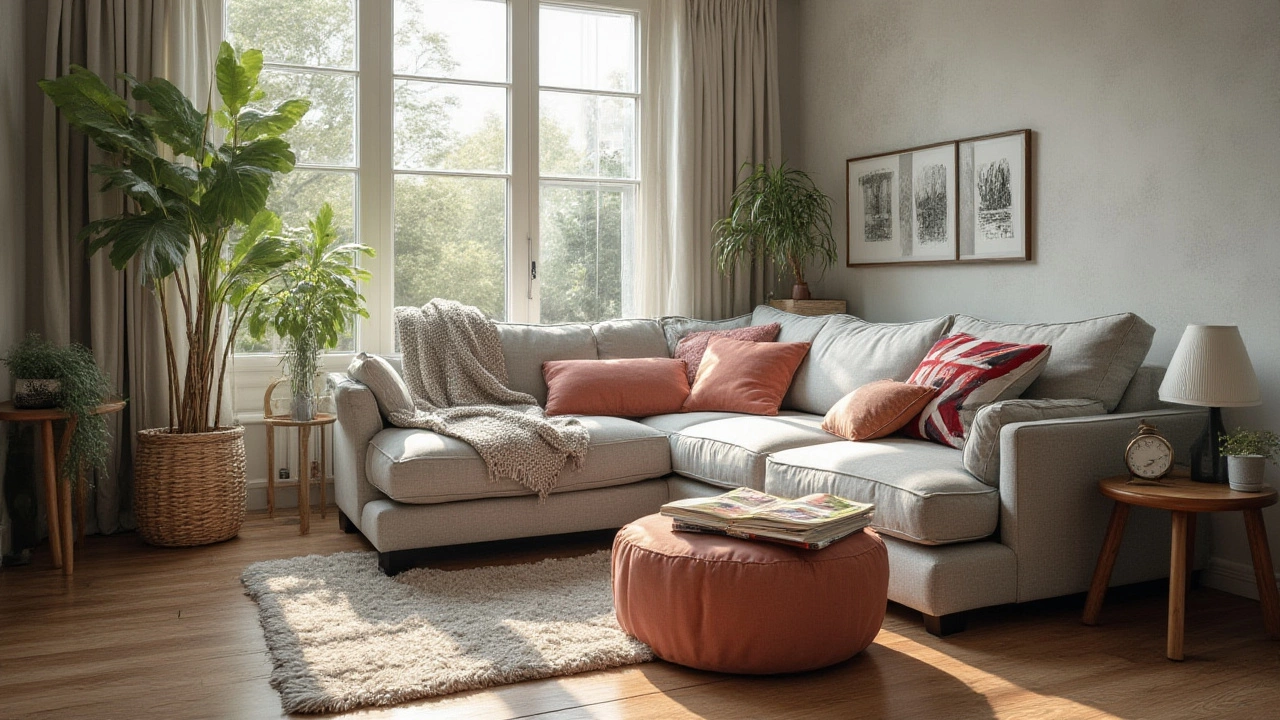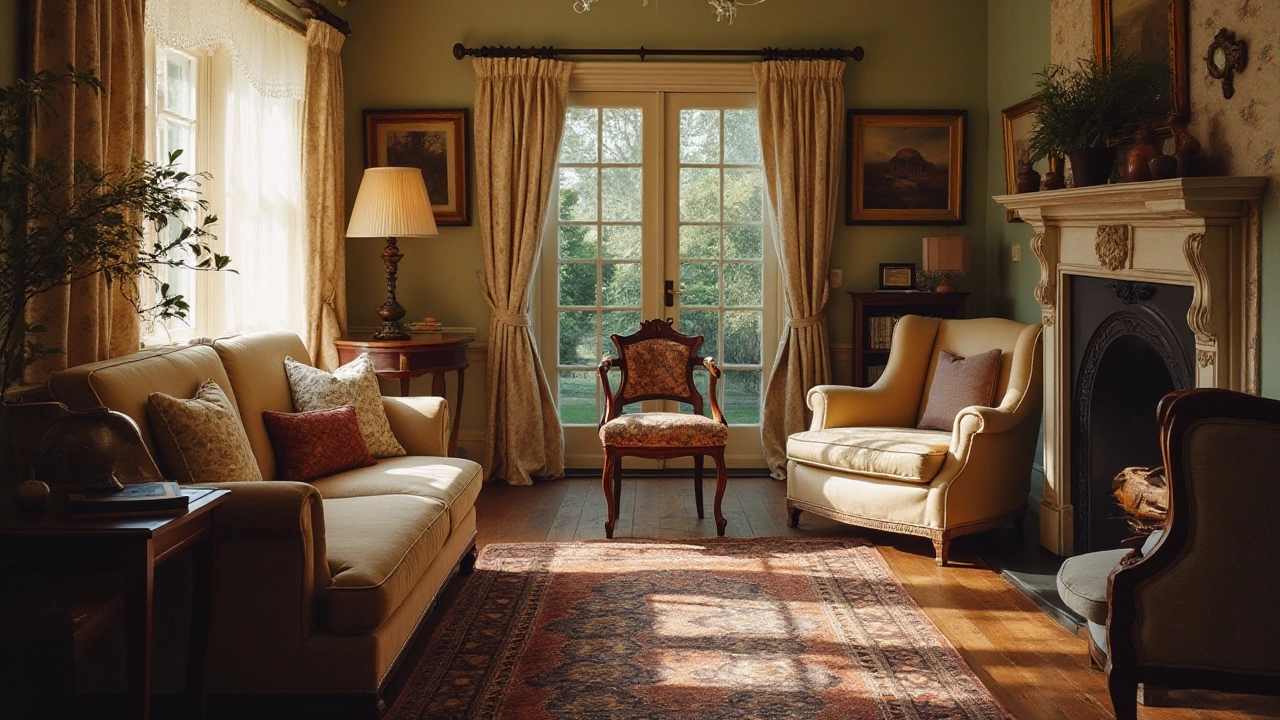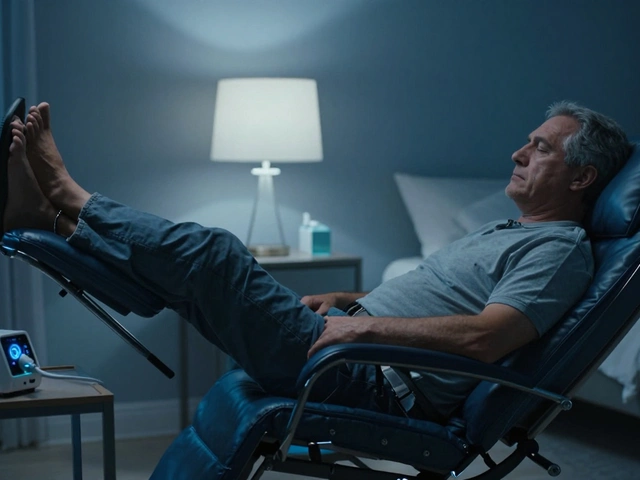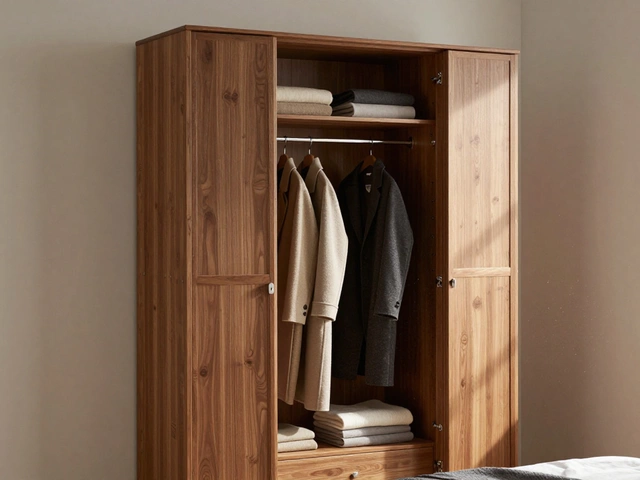Furniture Arrangement Made Easy: Practical Tips for Every Room
Ever feel like your living room or bedroom just doesn’t work? Most of the time it’s not the size of the room – it’s how the furniture is placed. A few smart moves can turn a cramped, awkward space into a room that feels open, functional, and inviting. Below are simple steps you can follow right now.
Start With a Floor Plan
The first thing to do is to know what you have. Grab a measuring tape and write down the length and width of the room. Then, draw a quick sketch on paper or use a free online tool. Mark doors, windows, and any built‑in fixtures. This gives you a clear map to work from.
Next, measure each piece of furniture you plan to keep. Write the dimensions next to the sketch. If a sofa is too big for the drawing, shrink it down on paper – think of each inch as a square centimetre. Seeing the pieces on paper helps you spot problems before you move anything.
Now, consider the flow. You want a clear path from the door to the main activity zones – like the TV, a reading chair, or the bed. Aim for at least 60‑90 cm (2‑3 ft) of walking space between pieces. If a path is too narrow, rearrange the larger items first. Often moving a side table or a small chair opens up a lot of room.
Styling Tricks for a Balanced Look
Once the layout is set, think about balance. A common mistake is grouping all big pieces on one side, leaving the other side empty. Try to spread visual weight. For example, if you have a heavy bookshelf on the left, balance it with a tall lamp or a plant on the right.
Use the “anchor” rule. Pick the biggest or most important item – a sofa, a bed, or a dining table – and place it first. Build the rest of the room around it. This keeps the space feeling grounded and prevents you from pushing the anchor into a corner.
Don’t forget scale. A tiny coffee table next to a massive sectional looks odd. Match the size of side tables, nightstands, and stools to the height of the main piece. A quick check: the top of a nightstand should be roughly level with the top of the mattress.
Lighting can also guide the eye. Place floor lamps or table lamps where they highlight a cozy nook or a reading spot. This not only adds function but also breaks up large stretches of empty wall.
Finally, step back and look. Walk around the room and see if you feel stuck anywhere. If something feels tight, shift it a little – often a few centimetres make a big difference.
Using these steps – sketch the floor, measure everything, keep pathways clear, balance visual weight, and anchor the biggest piece – you can arrange furniture without hiring a designer. The result is a room that flows, looks good, and serves the way you live. Give it a try today and notice how a small change can make a big impact.
Corner Sofa Placement Ideas for a Perfect Living Room Layout
Learn clever ways to place a corner sofa in your living room for comfort, flow, and style. Discover tips, tricks, and real-life examples that actually work.
Should Your Sofa Face the Front Door? Expert Interior Design Tips
Arranging furniture can bring warmth and flow to your living space. Deciding whether your sofa should face the front door is a common design dilemma. This article explores the psychology of space, feng shui principles, and practical tips for maximizing functionality while creating a welcoming entry. Discover how different layouts can influence the atmosphere of your home and learn expert tips for arranging your living space with confidence.








